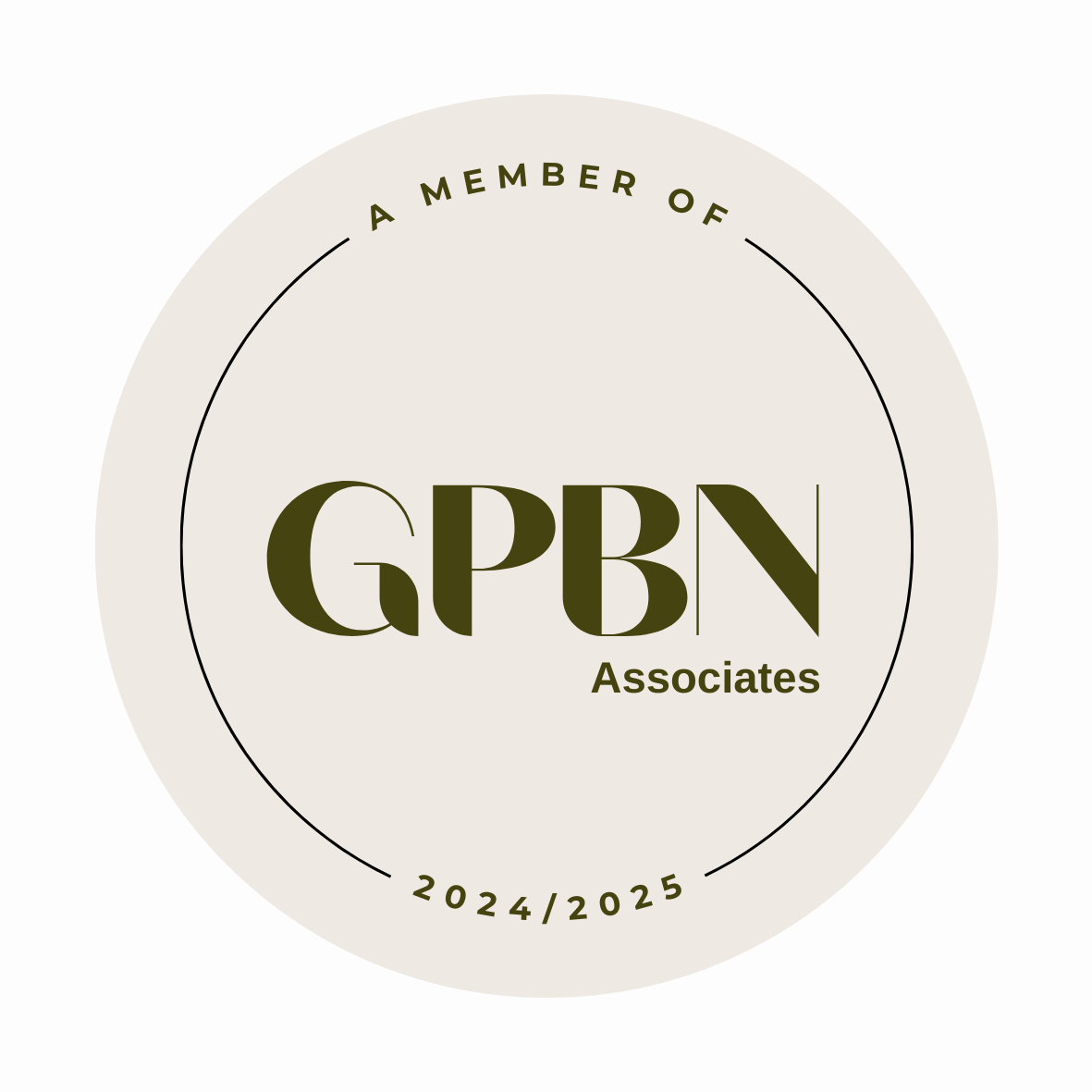Why Is eLearning Vital For Your Business?
The internet has now become an essential component of every institution. Virtually all homes, schools, and offices are now equipped with online technology. Most companies rely heavily on the internet for business processes, including talent management, in the form of eLearning.
In the old days, eLearning was limited mostly to students in the universities, but its application has since expanded to various establishments. One very practical purpose of eLearning is in skill training and other instructional programs for businesses and similar organisations.
A Timeline for eLearning
eLearning has been around since the early 1900s in the form of distance courses to educate students on specific subjects or skills. Isaac Pitman, a qualified teacher in the 1840’s, sent out shorthand writing assignments to his students and received completed tasks through the mail. It was the earliest form of correspondence and learning system, and it happened long before the internet was introduced.
In 1924, the testing machine was invented to allow students to test themselves, resembling the modern-day eLearning. Scientists built on this further, and in 1954, Harvard Professor BF Skinner developed a “teaching machine” to give programmed instructions to students. But it was not until 1960 that the first computer-based training program was initiated. It was known as Program Logic for Automated Teaching Operations or PLATO, a program designed for students of the University of Illinois. The training program ended up being adopted in schools throughout the area.
eLearning Today
The introduction of the computer and the internet brought about significant changes in the eLearning system. The late 20th century saw the emergence of personal computers that can be installed in homes for individuals to learn particular subjects and help with skill training.
The next decade brought more eLearning opportunities by providing greater access to online information through more virtual learning conditions. It first saw use in academic settings like schools and universities, but businesses eventually discovered its viability. In the 2000s, businesses started to use eLearning more to train employees and build their capabilities in the hopes of increasing productivity.
Advancements in technology and the increased accessibility of the internet made eLearning a very valuable tool in business. It played a critical role in the growth and development of startups and established companies alike in the form of online training tools for new employees and corporate leaders. It also became a basis for career progression or rewards and recognition.
In its present form, eLearning is more known as a learning management system or LMS. In essence, it is a modern tool that educational institutions and corporations can use to receive and disburse information or facilitate skill training online. Each establishment or institution can create a unique LMS to suit its unique needs.
eLearning as a Tool for Success
Many successful businesses have already seen the benefits online training brings, especially when compared to the traditional method. eLearning makes training more immersive and motivational to new employees who are still onboarding. What is more, it creates a dynamic platform where current employees can brush up on critical skills to stay relevant and remain competitive. Online training is also a simple way of introducing or reiterating a company’s goals and objectives.
As technology advances, so does the way most things are done. This has huge implications in businesses where competition is so fierce, and every advantage must be leveraged to the fullest. If you wish to stay competitive or gain even the slightest advantage, start by managing your talent properly with a robust eLearning system of LMS.
Eliza Gilbert is a farmer of words in the field of creativity. She is an experienced independent content writer with a demonstrated history of working in the writing and editing industry. She is a multi-niche content chef who loves cooking new things.




























